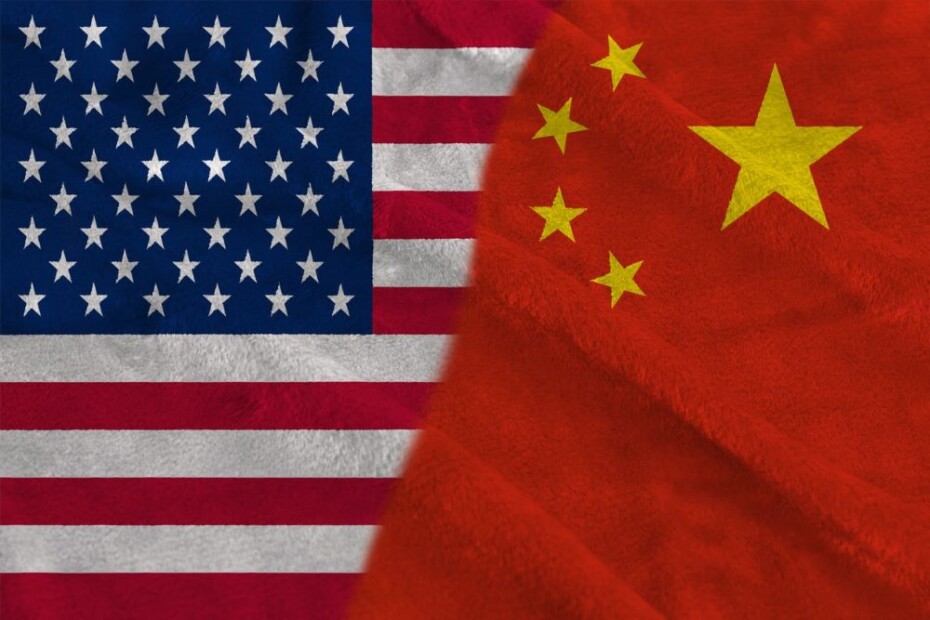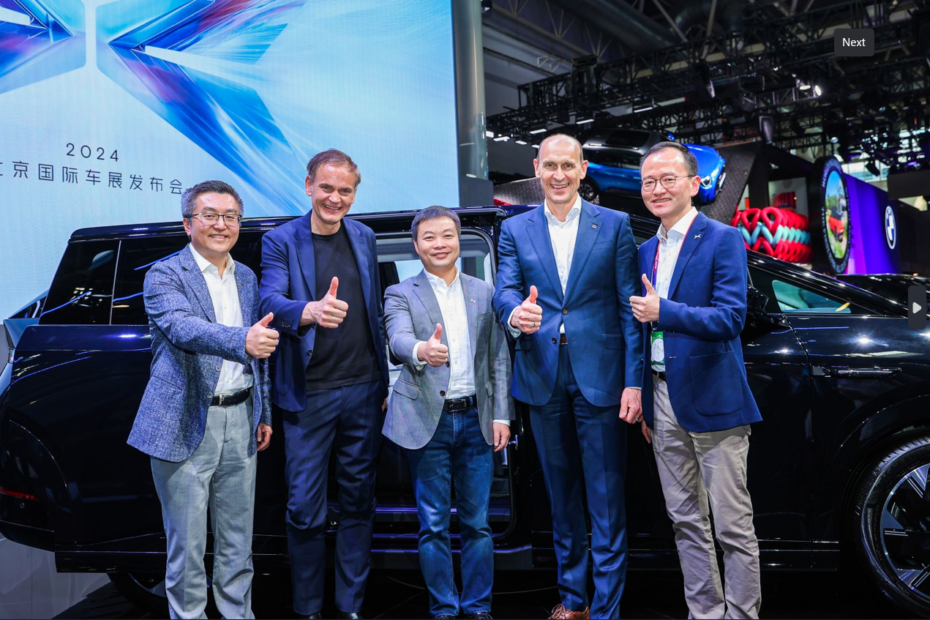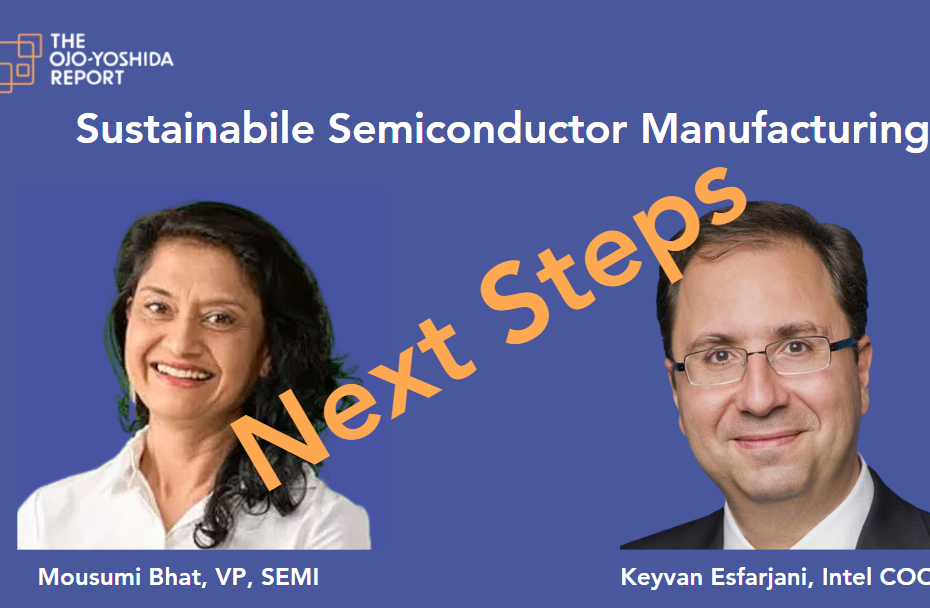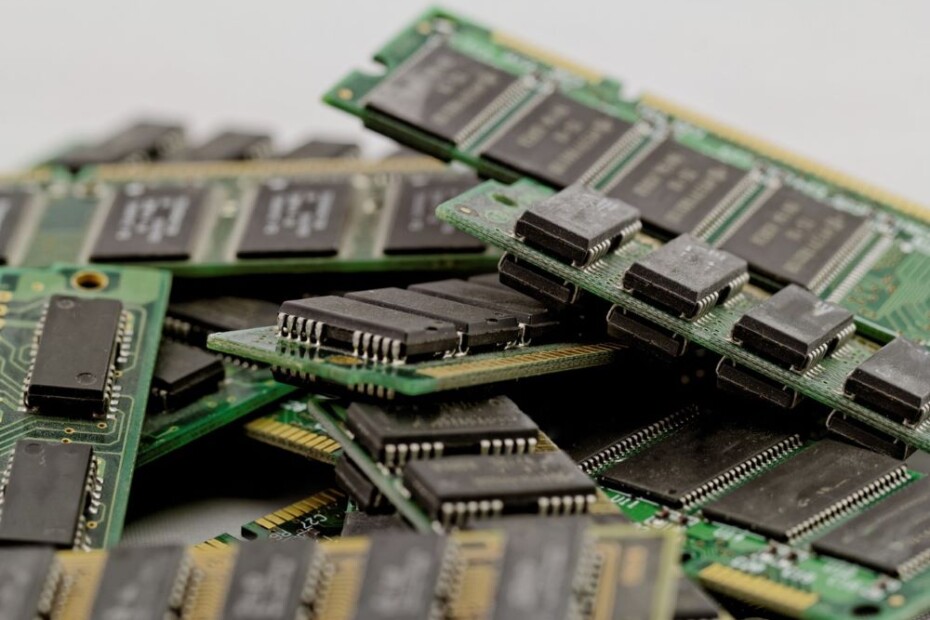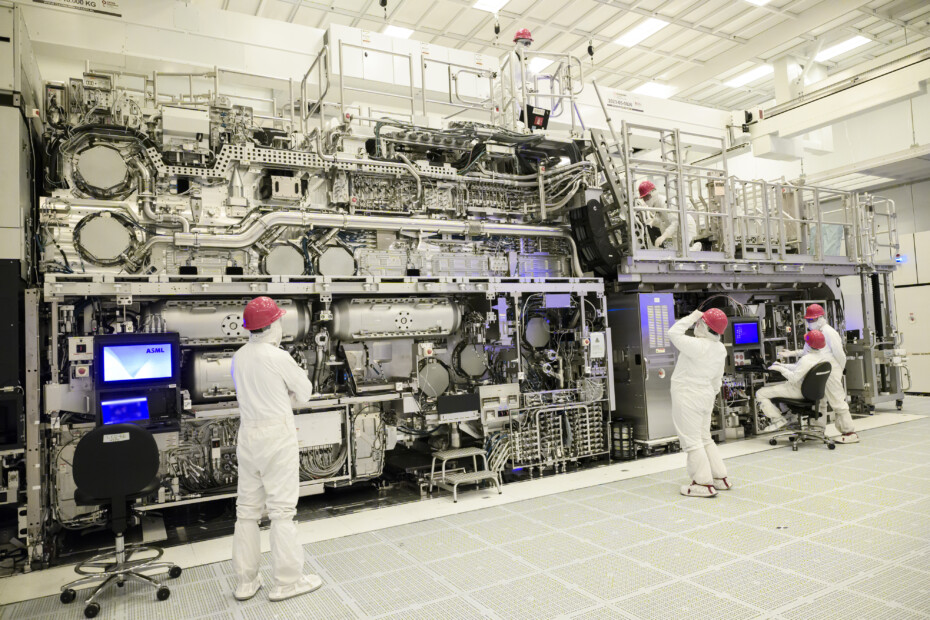In SDVs, IBM Has Honda’s Back
By Junko Yoshida
What’s at stake:
The emergence of software-defined vehicles (SDV) compels OEMs to rethink their long-term software and hardware development strategy for future vehicles.
The complexity of architecting an SDV is overwhelming, to say the least, for most carmakers and tier ones.
The challenge of making an SDV software-defined isn’t just about adding communication links that enable over-the-air updates. Nor is it about beefing up the car’s central compute capability and reducing its ECU population.
The whole vehicle architecture has to be redefined to enable the [zonal] boxes inside a car to communicate, share resources and run different workloads.
This is akin to the evolution of a data center, in which all elements of the infrastructure, including networking, storage, CPU and security, are virtualized through abstraction, thus allowing resource pooling and automation to deliver infrastructure as a service.
Read More »In SDVs, IBM Has Honda’s Back

